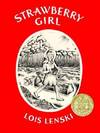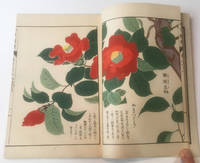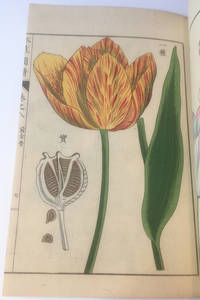
PHOTOGRAPH ALBUM OF 116 PROFESSIONAL IMAGES, MOSTLY FROM MIE-KEN, CIRCA 1895-1925, DURING THE MEIJI AND TAISHO PERIODS
by Japan, Honshu
- Used
- very good
- first
- Condition
- Very Good
- Seller
-
Roosevelt, New Jersey, United States
Payment Methods Accepted
About This Item
Reviews
(Log in or Create an Account first!)
Details
- Bookseller
- R & A Petrilla
(US)
- Bookseller's Inventory #
- 037990
- Title
- PHOTOGRAPH ALBUM OF 116 PROFESSIONAL IMAGES, MOSTLY FROM MIE-KEN, CIRCA 1895-1925, DURING THE MEIJI AND TAISHO PERIODS
- Author
- Japan, Honshu
- Book Condition
- Used - Very Good
- Quantity Available
- 1
- Edition
- Original photograph album
- Date Published
- 1925
- Keywords
- original photographs; culture; japan
- Bookseller catalogs
- Ethnic Studies;
Terms of Sale
R & A Petrilla
Orders are packed and shipped from our business offices in the village of Roosevelt, New Jersey, USA . Packages are dispatched as quickly and economically as we can manage, via the shipping method that you select
All items are guaranteed to be as described. Any item may be returned within ten (10) days of receipt if found to be other than as described. Please give us advance notice of any return. A returned item must reach us in the same condition as when we shipped it. Original binding, text block, bookplates and any inserted material must be intact.
About the Seller
R & A Petrilla
About R & A Petrilla
Glossary
Some terminology that may be used in this description includes:
- Leaves
- Very generally, "leaves" refers to the pages of a book, as in the common phrase, "loose-leaf pages." A leaf is a single sheet...
- New
- A new book is a book previously not circulated to a buyer. Although a new book is typically free of any faults or defects, "new"...
- Gilt
- The decorative application of gold or gold coloring to a portion of a book on the spine, edges of the text block, or an inlay in...
- Poor
- A book with significant wear and faults. A poor condition book is still a reading copy with the full text still readable. Any...
Frequently asked questions
Also Recommended
-

Save 10% on every purchase!
Join the Bibliophiles’ Club and start saving 10% on every book.
$29.95 / Year





